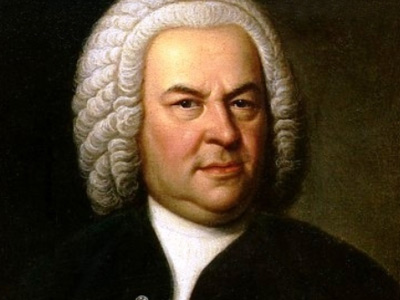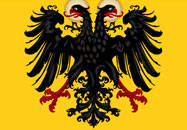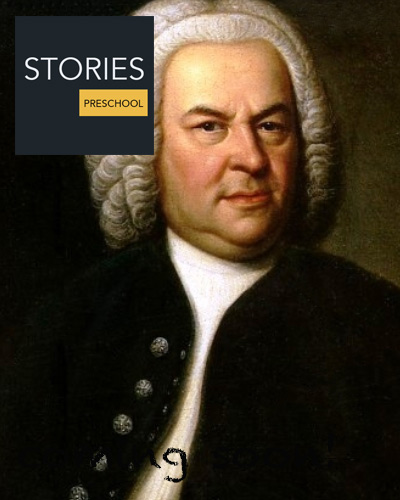Johann Sebastian Bach (1685-1750)

Weimar, Arnstadt, and Mühlhausen (1703–1708)
In January 1703, shortly after graduating from St. Michael's and being turned down for the post of organist at Sangerhausen, Bach was appointed court musician in the chapel of Duke Johann Ernst III in Weimar. His role there is unclear, but it probably included menial, non-musical duties. During his seven-month tenure at Weimar, his reputation as a keyboardist spread so much that he was invited to inspect the new organ and give the inaugural recital, at the New Church (now Bach Church) in Arnstadt, located about 30 kilometres (19 mi) southwest of Weimar. In August 1703, he became the organist at the New Church, with light duties, a relatively generous salary, and a fine new organ tuned in a temperament that allowed music written in a wider range of keys to be played.
Despite strong family connections and a musically enthusiastic employer, tension built up between Bach and the authorities after several years in the post. Bach was dissatisfied with the standard of singers in the choir. He called one of them a "Zippel Fagottist" (weenie bassoon player). Late one evening this student, named Geyersbach, went after Bach with a stick. Bach filed a complaint against Geyersbach with the authorities. These acquitted Geyersbach with a minor reprimand and ordered Bach to be more moderate regarding the musical qualities he expected from his students. Some months later Bach upset his employer by a prolonged absence from Arnstadt: having obtained a leave permission for four weeks he had been absent for around four months in 1705–1706 to visit the organist and composer Dieterich Buxtehude in the northern city of Lübeck. The visit to Buxtehude involved a 450-kilometre (280 mi) journey each way, reportedly on foot.
In 1706, Bach applied for a post as organist at the Blasius Church (also known as St Blasius or as Divi Blasii) in Mühlhausen. As part of his application, he had a cantata performed on Easter, 24 April 1707, likely an early version of his Christ lag in Todes Banden. A month later Bach's application was accepted and he took up the post in July. The position included a significantly higher remuneration, improved conditions, and a better choir. Four months after arriving at Mühlhausen, Bach married Maria Barbara Bach, his second cousin. Bach was able to convince the church and town government at Mühlhausen to fund an expensive renovation of the organ at the Blasius Church. In 1708 Bach wrote Gott ist mein König, a festive cantata for the inauguration of the new Council, which was published at the Council's expense.
HISTORY

RESOURCES
This article uses material from the Wikipedia article "Johann Sebastian Bach (1685-1750)", which is released under the Creative Commons Attribution-Share-Alike License 3.0.
© Stories Preschool. All Rights Reserved.










